Earlier this week, I read that Tupperware had filed for bankruptcy protection.
It’s hard to believe, given I grew up seeing those plastic containers everywhere.
I don’t remember my mom going to Tupperware parties, but she must have, as I remember putting leftovers in those plastic bowls as a kid.
But how did Tupperware become so popular back in the day?
I was curious…
The story of Tupperware begins back in 1946, when Earl Tupper introduced a new marvel to the consumer market.
It was an air-tight, water-tight plastic bowl that could be sealed and unsealed just by pressing.
Tupper’s “The Wonder Bowl” was created using a new kind of plastic from oily polyethylene slag called “Poly-T.”
Poly-T was easy to mass produce, and Tupper created a colorful array of his modern Wonder Bowl.
His designs were slick, and in 1947, he patented the seal of his Wonder Bowl that “burped” before it would work.
Naturally, his innovative product was a hit.
Well, not initially…
That Tupperware “burp” that sealed so well wasn’t something people who used glass jars understood.
And though you would easily find plastic containers (Tupperware or other brands) in homes today, the idea of plastic home products was a new concept in the 1940s.
But Tupper had a product that worked well and looked great – and he was able to get it stocked in department stores.
There was only one problem…
Tupperware wasn’t selling.
Enter Brownie1 Wise.
Wise, a divorced single mother in Michigan, may have only had an 8th grade education, but she understood people – and she knew how to sell.
She had worked as a sales representative for Stanley Home Products, a company that introduced “home parties” as a method to sell their cleaning products directly to housewives.
Wise had a knack for sales, and quickly became one of the top sales representatives at Stanley.
And she had ambition to advance at the company.
But, as Bob Kealing, author of Life of the Party: The Remarkable Story of How Brownie Wise Built, and Lost, a Tupperware Party Empire, told the BBC in 2023:
“The head of Stanley [Frank Stanley Beveridge] basically threw cold water on her ambition to be a manager.
“Words to the effect of: ‘Honey, management’s no place for a woman.’”
Brownie Wise left the meeting angry – and motivated.
In the late 1940s, she had seen Tupperware in department stores.
And though Earl Tupper’s plastic products weren’t having much success selling in department stores, Wise saw an opportunity to sell them at home parties.
She formed her own company, Patio Parties, and used the same methods she used to sell Stanley Products’ brooms and mops to sell Wonder Bowls, and other items from Tupperware’s “Millionaire Line.”
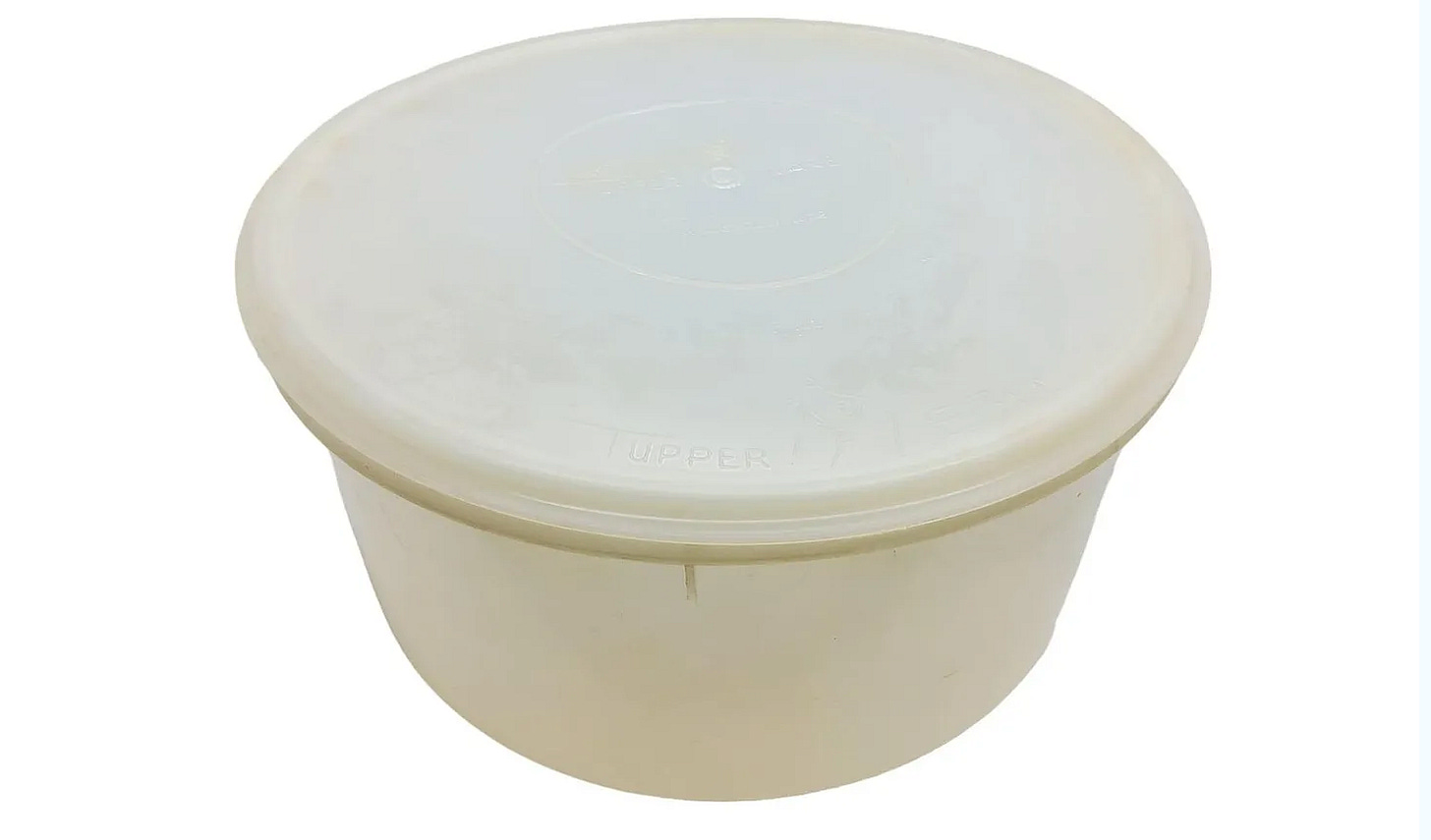
Wise demonstrated how the Tupperware products (and that pesky “burp”) worked – and she made the parties fun.
She didn’t just tell the ladies at her parties that Tupperware’s lid was secure – she showed them.
One of her party tricks was to fill a Wonder Bowl with liquid (water — or even grape juice) and then toss it around a party host’s living room to demonstrate the powerful seal.
She educated people about the products through party games — and as her business grew, she recruited and trained more women to be party hosts and sell the products using her methods.
“A good demonstration is a source of entertainment, information, and the purchase of useful products. It is to your interest to work toward the accomplishment of all three purposes.” - Brownie Wise
The timing worked in her favor, as the suburbs were growing after World War II, and many women who had been in the workforce during the war were now back in the home.
Tupperware parties became popular, as they allowed women an opportunity to socialize and make friends – and for some, a chance to earn money.
By 1949, Brownie Wise was outselling the department stores – and had 19 reps working for her in Detroit, Michigan.
Tupperware’s corporate headquarters were impressed by the $150,000 of sales Wise and her team made that year – and offered her distribution rights to the entire state of Florida.
Though Tupper had initially been opposed to the home selling model, he was impressed with Wise’s success – and could see the opportunity.
In the spring of 1951, he asked her for a meeting – and offered Wise the role of General Sales Manager of the new Tupperware Home Parties Inc.
At a time when few women held management positions, Brownie Wise had made it – and she soon climbed to the executive level.
She grew the Tupperware sales reps from 200 in 1951 to 20,000 in just three years.
And Wise didn’t just know how to sell – she knew how to motivate her workforce.
Wise knew the sales reps were crucial to Tupperware’s success, and would reward the top performers with an elaborate 4-day Annual Jubilee in Florida.
The Jubilees were celebrations where sales reps could continue to learn and grow as businesswomen – and also be rewarded for their success.
And they were FUN.
One Jubilee featured a game of “buried treasures” where 600 sales reps each grabbed a gold shovel and began digging to find various “treasures” — including mink coats, diamond rings, and television sets.
One rep from Buffalo, New York dug up a toy car – and was then led to the actual car she had won.
Wise became the face of the company, and was frequently interviewed by newspapers and magazines – and even became the first woman to be featured on the cover of BusinessWeek.
The combination of Tupper’s products with Wise’s sales and people skills grew Tupperware into a multi-million dollar company.
Wise was lauded for much of Tupperware’s success, and though Tupper did not like the limelight, he soon became resentful.
And in 1958, he fired her.
Brownie Wise had helped make Earl Tupper a millionaire, and yet she had no employment contract, no company stock.
Even the house she lived in belonged to the company.
She was devastated, and sued Tupper for $1.6 million.
She settled for $30,000 – about one year’s salary.
Shortly after he fired her, he sold Tupperware to the Rexall Drug and Chemical Company – for $16 million.2
According to Kealing, Tupper not only wanted Wise out of the company – he wanted her written out of the company’s history, too.
“Executives after her tried to bury her legacy, even going so far as digging a hole on the Tupperware corporation property and dumping copies of Wise’s self-help book, Best Wishes, into it,” Kealing said.
Though she co-founded other direct sales businesses, Wise never replicated the success she had with Tupperware.
She died in 1992 at age 79.
The future of Tupperware may be unclear, but the story of Brownie Wise — and her impact — should not be lost.
One more thing…
Why haven’t they made a movie about this?
I wondered the same thing.
A movie telling the Tupperware story — with Sandra Bullock playing Brownie Wise — was announced in 2014, but is yet to be made.
But Tupperware has not forgotten Brownie Wise.
In 2016, in honor of the pioneering businesswoman, Tupperware made a $200,000 contribution to establish the “Brownie Wise Park” in Osceola County, Florida.
How Can I Help?
I’ll keep saying it: Communication matters.
And so do details.
How do you like this one from the BBC?
A chance to meet Her Majesty The Queen? In 2024?
If you want to improve your communication (and get all the good things that come with that), I’m your gal.
So many companies could reap massive rewards – from performance and culture to retention and engagement – by improving their communication.
So, if you know someone who could benefit from some help (as even the most seasoned leaders do), please get in touch and check out my website for more information.
You can also see my Top 10 list of what I can (and can’t) do for you here.
And if you see any communication examples (the good, the bad, and the ugly) that you think are worth analyzing or sharing, please send them my way!
Stay Curious!
-Beth
Brownie was named for her brown eyes, in case you’re wondering
Tupper sounds like someone worthy of his own Curious Minds profile. After selling the business, he dumped his wife, renounced his US citizenship (to avoid paying taxes), and moved to Costa Rica.









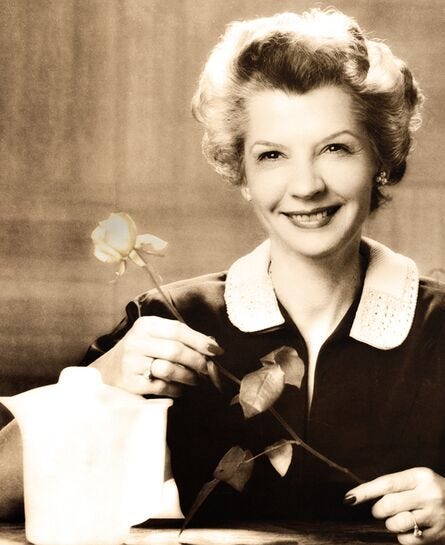
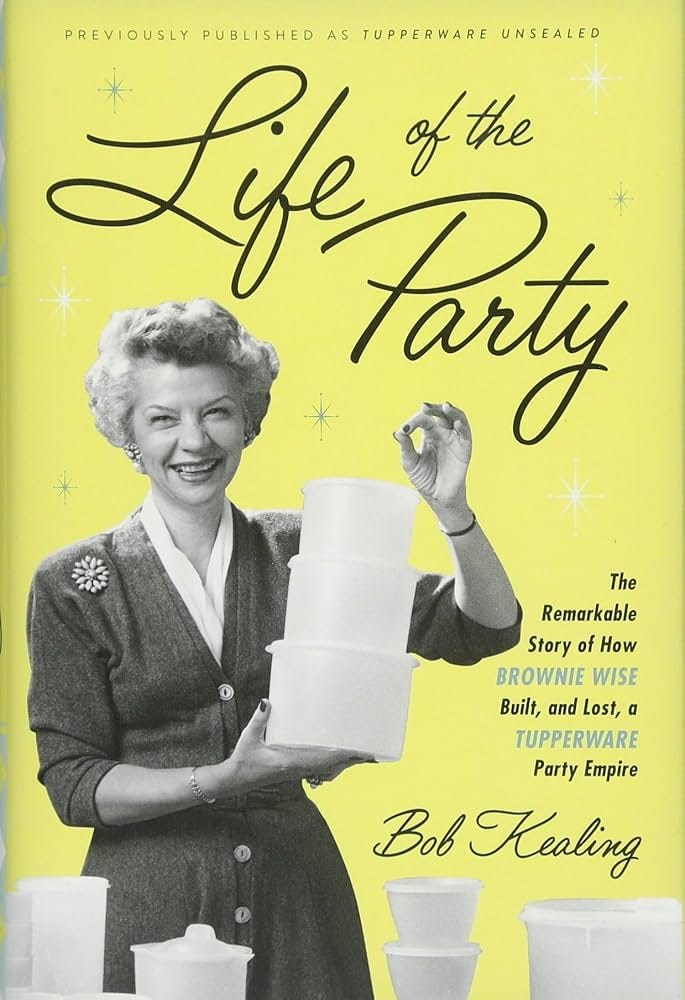

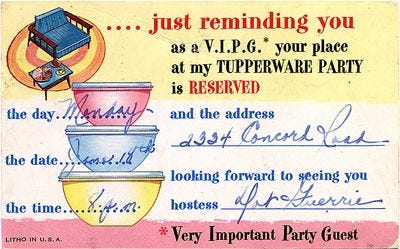

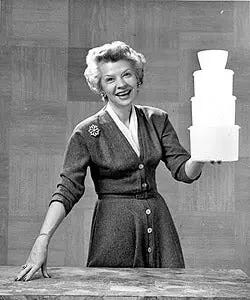


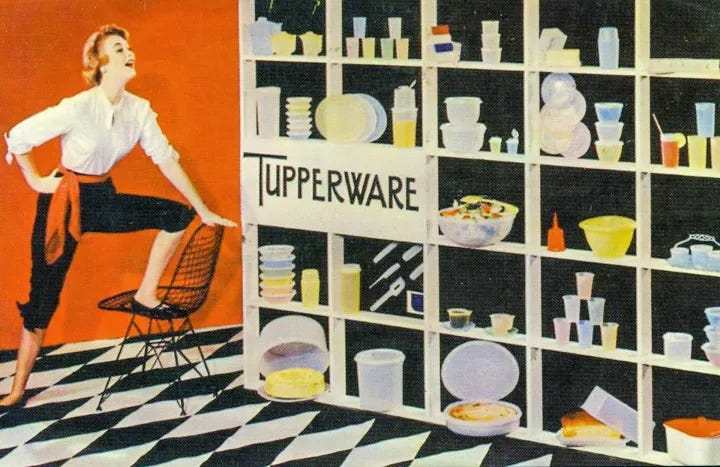
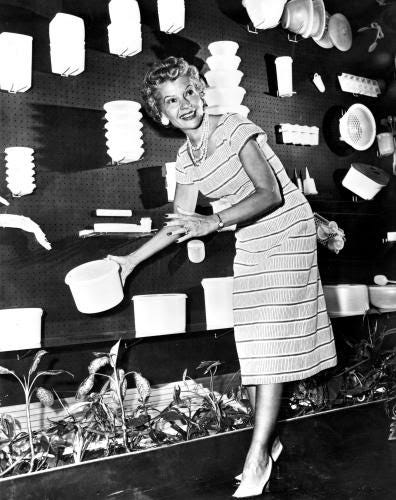





What a great piece this is - and yes, Brownie Wise deserves to be the subject of a movie! I actually I know the Tupperware story, because I saw a very good documentary piece about it (maybe on PBS?). If you haven't seen it, I think you might like it. Thanks for another great read.
Now I’m curious about Brownie’s self-help book…